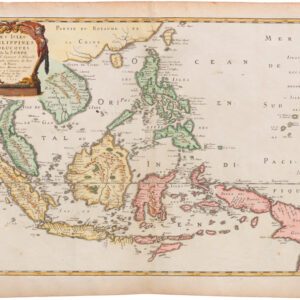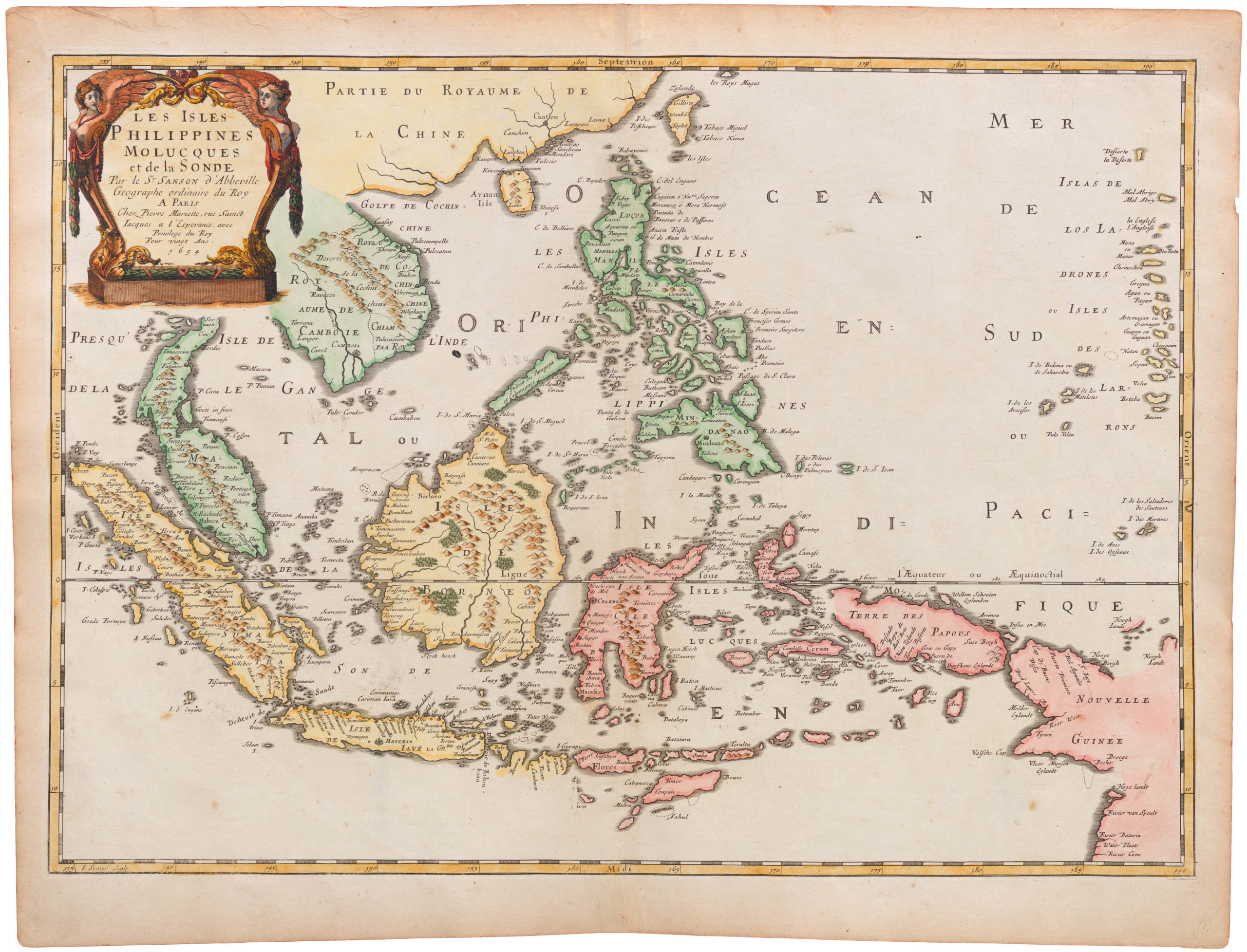America tries to understand its newest colonial possession.
Mapa etnográfico del archipiélago filipino
Out of stock
Description
This unusual 1890 ethnographic map of the Philippines was originally published in the Boletin de la Sociedad Geográfica de Madrid in 1890 and then reproduced by the Norris Peters Co. in Washington, D.C., after the Philippines was ceded to the United States in 1898.
The various ethnic groups of the Philippines are listed in a numbered index corresponding to numbers on the map. Both Madrid and the Ferro Meridian are used as Prime Meridians. A notable feature of the map is the color-coding of the islands according to religion, reflecting the ideology of the Spanish Empire even in this late stage, with pink areas representing ‘Hispano-Filipino Christians,’ yellow for areas with new Christians and non-Christians (‘infidels’), and green for Muslim areas (‘Moors’).
Census
This map was published as Plate I in the Annual report of the Board of Regents of the Smithsonian Institution… for the year ending June 30, 1899 (published in 1901). The original 1890 map is noted as among the holdings of the Biblioteca Nacional de España, while this edition from the Smithsonian report is cataloged as being held by the Illinois State Library, and the entire Smithsonian report (which may or may not still contain the plate) is held by a handful of libraries in North America.
Cartographer(s):
Ferdinand Blumentritt was an Austrian scholar of the Philippines and a close associate of Filipino independence activists, especially José Rizal.
The Norris Peters Co.Condition Description
Very good. Folding map.
References








